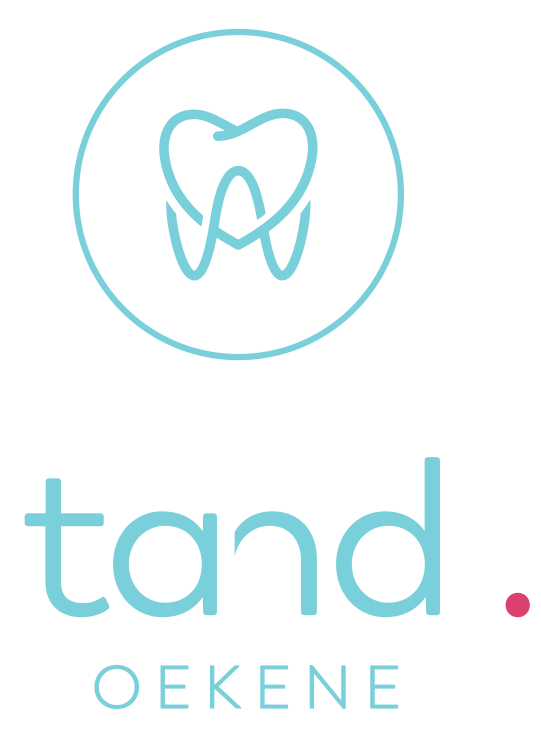
They represent returns on total stockholders’ equity reinvested back into the company. Unlike shareholder equity, private equity is not accessible to the average individual. Only “accredited” investors, those with a net worth of at least $1 million, can take part in private equity or venture capital partnerships. For investors who don’t meet this marker, there is the option of private equity exchange-traded funds (ETFs).
Get Weekly 5-Minute Business Advice

For information pertaining to the registration status of 11 Financial, please contact the state securities regulators for those states in which 11 Financial maintains a registration filing. 11 Financial is a registered investment adviser located in Lufkin, Texas. 11 Financial may only transact business in those states in which it is registered, or qualifies for an exemption or exclusion from registration requirements. 11 Financial’s website statement of stockholders equity example is limited to the dissemination of general information pertaining to its advisory services, together with access to additional investment-related information, publications, and links. Overall, this article provides readers with a detailed definition of stockholders’ equity along with the most common misconceptions about the value. This type of equity can come from different sources, including issuing new shares or converting debt to equity.
Do you own a business?

This helps companies better understand how their investments are performing, and if any changes should be made to spark an increase. It will also help you attract potential investors to your business, especially if your balance continues to rise at a steady rate. Because shareholders’ equity experiences frequently change, however, it is crucial to review this information on a regular basis so you understand how to adapt and move forward. The statement’s heading should include the company name, the title of the statement and the accounting period to prevent confusion when you search for these financial statements later. In most cases, a company’s total assets will be listed on one side of the balance sheet and its liabilities and stockholders’ equity will be listed on the other.
Submit to get your retirement-readiness report.
- This is also true of the $20,000 of cash that was used to repay short-term debt and to purchase treasury stock for $2,000.
- If a company doesn’t wish to hang on to the shares for future financing, it can choose to retire the shares.
- Our guide will both define and explain the components of a stockholders’ equity statement.
- For example, if a company made $100 million in annual profits, but only paid out $10 million to shareholders, its retained earnings would be $90 million.
- Experienced financial people will review the net cash provided from operating activities.
Stockholders’ equity is a company’s total assets minus its total liabilities. Stockholders’ equity is a financial indicator that reflects the value of the assets and liabilities on a company’s balance sheet. Often, this summary is accompanied by income statements and cash flow statements to provide a full picture of the company’s financial situation. As referred above, stockholders’ equity can be calculated by taking the total assets of a company and subtracting liabilities. Using the amounts from above, the ABC Corporation had free cash flow of $31,000 (which is the $126,000 of net cash provided from operating activities minus the capital expenditures of $95,000). If dividends are considered a required cash outflow, the free cash flow would be $21,000.
If negative, the company’s liabilities exceed its assets; if prolonged, this is considered balance sheet insolvency. Typically, investors view companies with negative shareholder equity as risky or unsafe investments. Shareholder equity alone is not a definitive indicator of a company’s financial health; used in conjunction with other tools and metrics, the investor can accurately analyze the health of an organization.
Businesses of all sizes use the statement of shareholder equity (or owner’s equity if the business isn’t public). We’ll explain more about the statement of shareholder equity and how it fits into your business’s overall financial picture. If a business has more liabilities than assets or does not have enough stockholders’ equity to cover its debt, then it will need to turn to outside sources of capital. Rather, they only list those accounts that are relevant to their situation. For example, if a company does not have any non-equity assets, they are not required to list them on their balance sheet.
- With various debt and equity instruments in mind, we can apply this knowledge to our own personal investment decisions.
- Stockholders’ equity, also known as shareholders’ equity, represents the value of each stockholder’s ownership or share of a given company.
- An alternative calculation of company equity is the value of share capital and retained earnings less the value of treasury shares.
- It gives shareholders, investors and the company’s owner a true picture of how the business is performing and is usually measured monthly, quarterly or annually.
- This helps companies better understand how their investments are performing, and if any changes should be made to spark an increase.
- In an LBO transaction, a company receives a loan from a private equity firm to fund the acquisition of a division of another company.

What is the “Statement of Shareholders’ Equity”?

